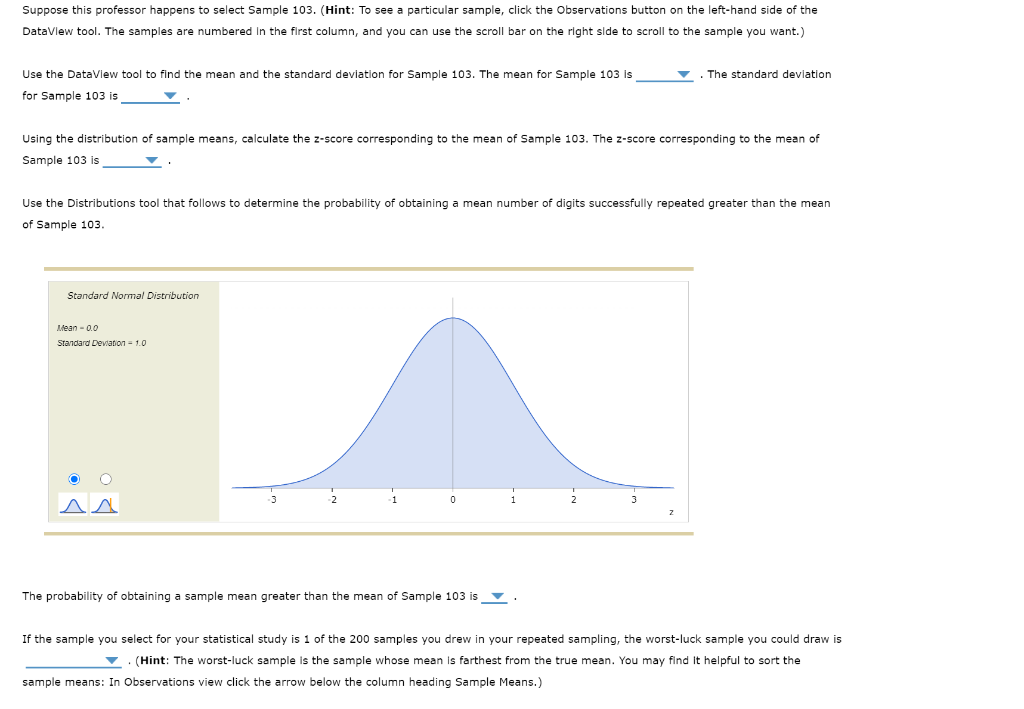
In addition, the amount of material involved in memory span is ordinarily much less than the amount of material involved in memory. Memory span is transitory memory is fairly permanent. It is also known that memory span and memory are different in the length of time over which reproduction is possible.
#Average digit span by age series
If the individual possessed no memory at all, reproduction of the series would be impossible. The actual reproducing of the series of stimuli involves the process of memory. The subject, in order to be able to reproduce the series presented, must be able to image the series. Still another process involved in memory span is that of imagery. This term refers to the ability of the subject to group the series of elements together: to perceive relationships among the series in order to better reproduce them. "Associability” is required in memory span. As a Structural AspectĪ structural definition of memory span is difficult to give, for one immediately is faced by the distinctions between the prerequisites for memory span, and the actual processes involved. Memory span tasks since the formulation of Baddeley and Hitch's theory have been helpful as support for the phonological loop as part of the working memory. Likewise, the more different the items in a list are, the easier it is to recall them. similar sound), they are more difficult to remember. The phonological similarity effect is when items in a list have similar features (e.g. The phonological loop is the mechanism that facilitates learning and memory by storing information (in the articulatory loop) and refreshing or rehearsing it in our memory (in the acoustic store). A mechanism called the episodic buffer was later added to the model. Īccording to a theory by Alan Baddeley and Graham Hitch, working memory is under the influence of three key mechanisms: the visuospatial sketchpad, the central executive, and the phonological loop. For example, a person will better remember a sequence in their first-language than their second-language a person will also remember a sequence of words better than they would a sequence of nonsense syllables. Įxperiments in memory span have found that the more familiar a person is with the type of subject matter presented to them, the more they will remember it in a novel setting.

To generalize, it refers to the ability of an individual to reproduce immediately, after one presentation, a series of discrete stimuli in their original order. The theoretical implications and practical importance of these findings are broadly discussed.Functionally, memory span is used to measure the number of discrete units over which the individual can successively distribute his attention and still organize them into a working unit.

Considering the evidence observed in the present study and other similar works, it is very likely that sex differences in performing memory strategies, but not in the true size of short term memory, are the underlying reasons of the observed differences. However, analyzing the frequency of extreme scores revealed that females were slightly overrepresented in the lower tail of the score distribution. Similar to some previous studies, no significant difference was observed between males and females' mean score. To this end, a sample of 120 young adults ranging from 16 to 25 years old from Persian population was measured and the memory span scores were analyzed using the classical method of comparing the mean score as well as the relatively new method of comparing the frequency of extreme performances. The focus of this article was to study potential sex differences in verbal forward digit span. In spite of numerous attempts, the previous studies yielded inconsistent results. Nevertheless, sex differences in digit span as an index of the phonological loop-one of the main components of the working memory system-remain puzzling. The overarching role of working memory, its characteristics, and functions in our cognitive system is crystal clear.


 0 kommentar(er)
0 kommentar(er)
